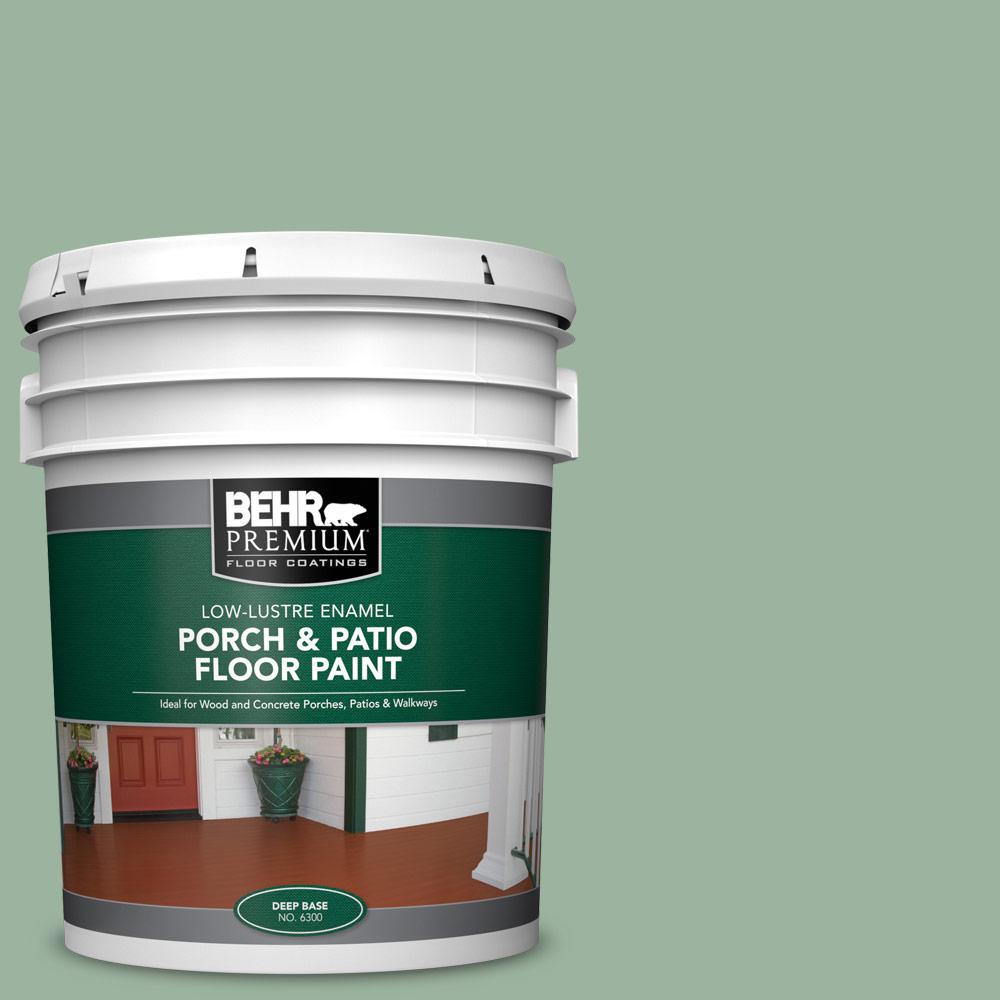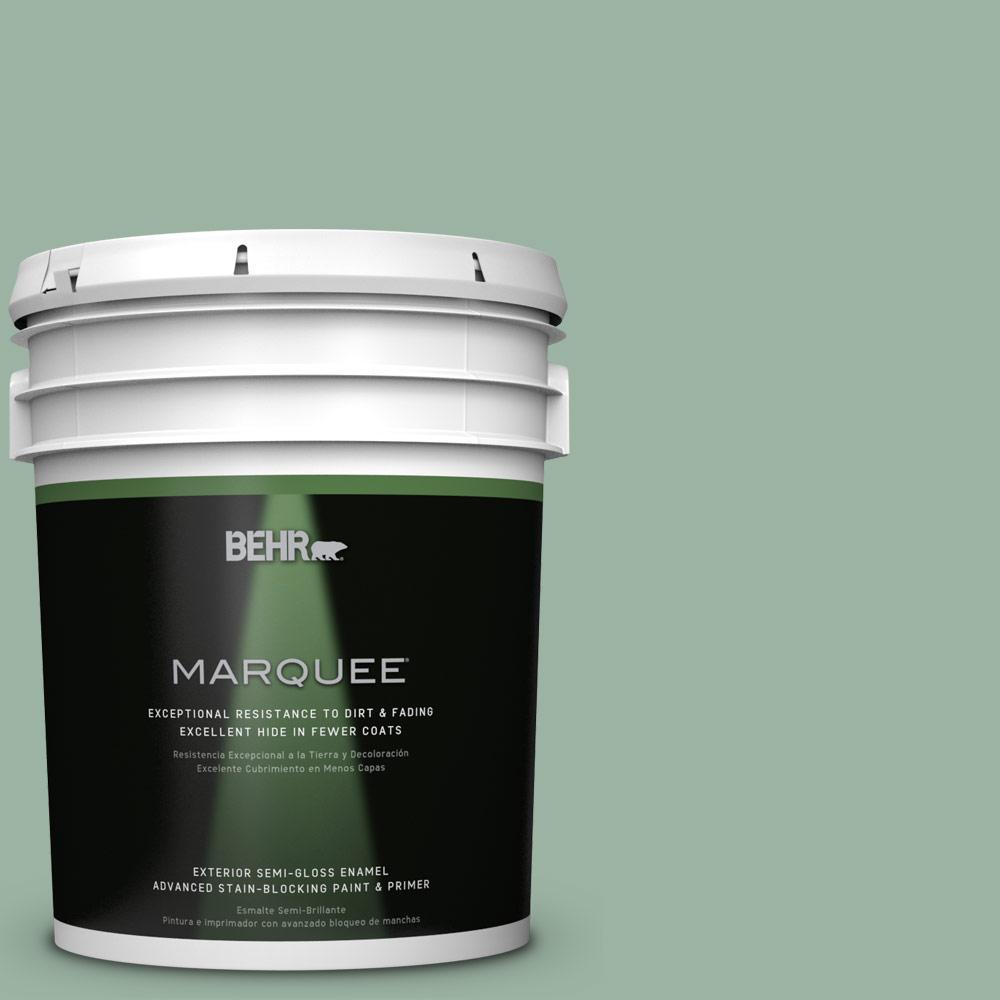

This involves removal of the residual film of oil left on copper and brass sheets from mill rolling operations, and fingerprints and dirt deposited on the surface during handling and installation.Ī few hard rainstorms may clean the surfaces sufficiently to start operations. The copper surfaces to be colored must be clean, as any dirt, oil or grease on the surface will interfere with the chemical action of the solution. These potential shortcomings should be considered when attempting to artificially duplicate a weathering process which may take from five to seven years in coastal or industrial environments, longer in rural areas, and may perhaps never develop in some climates and atmospheres.Īrtificial patinas for architectural applications such as copper roofs, grilles, and statues have an inherent requirement which dictates that the solution has to be one which can be brushed or sprayed because of the large surface areas normally involved.

In artificially producing or accelerating the formation of a patina, success seems to depend on the manner in which the solutions are applied, the weather conditions under which the treatment is carried out, and perhaps most important, on the climate to which the treated surfaces are exposed.īecause of the number of variables involved, chemically induced patinas are prone to lack of adhesion, excessive staining of adjacent materials or inability to achieve reasonable color uniformity over large surface areas.

The basic chloride salts of copper are not only fairly soluble, but photosensitive as well. In seacoast locations, chloride salts may form an essential part of the patina film. Carbonate and chloride salts of copper may also be present in varying concentrations. In natural patination the major coloring agent in the film is basic copper sulfate.

Because of the time required to achieve this, much research has been done on artificial patination, with varying success. On exterior surfaces, patination run-off may stain adjacent surfaces.The much admired natural protective coating of a blue-green patina characterizes older copper roofs, including ancient cathedrals as well as bronze statues and other copper metal surfaces exposed to the weather. The patina can be rubbed off when touched. The level of patina will vary depending on drying time and application method. This won’t deepen the effect, but fill in patches that were missed initially. The aged effect will continue to develop over days and weeks.Ī second coat of Copper Patina Effect can be applied if required (within 12 hours of the final Copper Effect coat). If using Copper Patina Effect, apply when Copper Effect is touch dry (after 2 hours but within 12 hours).Īpply Copper Patina Effect solution by brush or muslin in a random pattern. Using a wide brush, dry roller or muslin drag it in a random, overlapping pattern. While the paint is still wet create an effect. Working in small sections, apply the second coat with a roller. Practice your application technique on a large, spare piece of board.īrush around the edges of the wall or area you are painting.Īpply the first base coat of the Copper Effect with a brush or a roller, as you would normally paint. Make sure you scrape the bottom of the can to ensure particles are evenly distributed. Stir the paint well with a paint stirrer using an up and down scooping action. Mask off the area with painters tape – where you don’t want any paint, such as adjacent walls. Wide-top shallow container for the Copper Patina Effect solution.Ĭarefully read and follow the instructions on the product label before you begin. Medium nap roller, roller tray and a 100mm paint brush.ĭepending on the look you are after – a wide brush, roller or muslin may be used. Dulux Copper Effect paint and Dulux Copper Patina Effect solution.


 0 kommentar(er)
0 kommentar(er)
